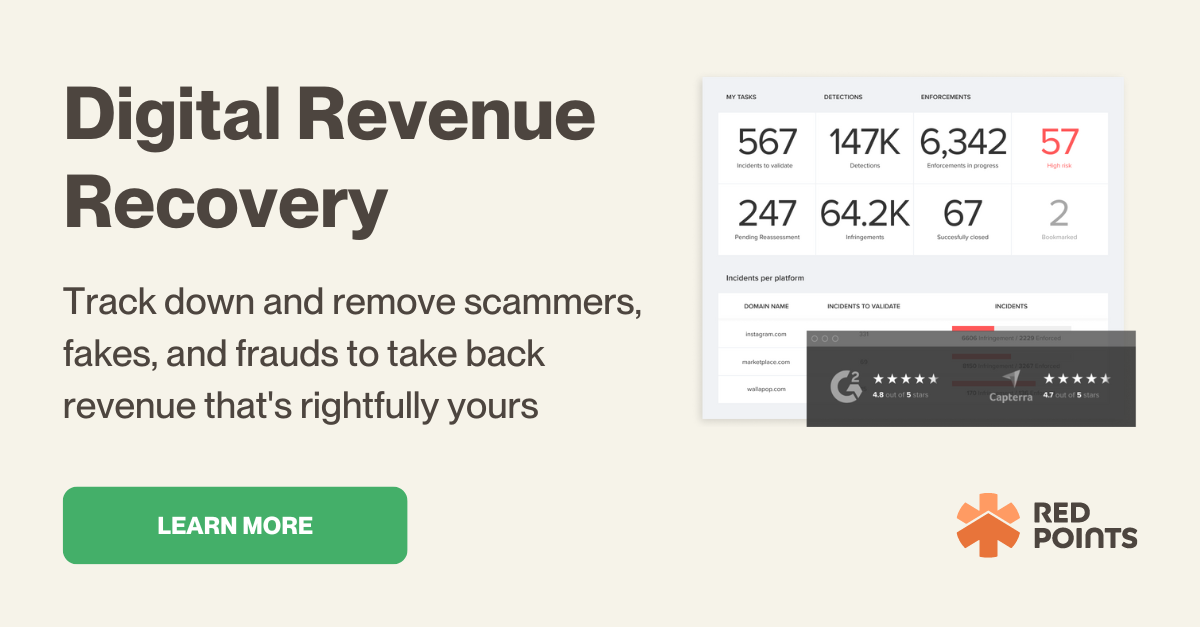
Table of Contents:
Last updated on: September 29, 2022
The idea of competition is a basic aspect of ecommerce (and trade in general). Competition is good for consumers because it forces companies to lower their prices when they have to compete to sell their products.
Implementing a minimum advertised price (MAP) policy for brands that supply their products to retailers and other resellers is beneficial. When it comes to protecting their reputations, many brands are embracing the increasing variety of internet outlets.
Learn everything you need to get started with MAP policy creation for your company.
The acronym MAP stands for Minimum Advertised Price. MAPs are policies created by the manufacturer or brand of a certain product.
For brands, MAP Compliance is still the fulfillment of the roadmap they employ to tell merchants what their minimum prices should be.
Brands and manufacturers are becoming increasingly concerned about following these criteria as online sales expand at an exponential rate, and they attempt to refocus their strategies towards omnicanality. It is feasible for each manufacturer to check which vendors adhere to their recommendations and which do not, thanks to a specialized pricing monitoring tool for brands.
Companies that rely greatly on their brand’s identity, including expensive and luxury goods, place a great deal of importance on MAP policies.
To ensure that merchants are notified of the lowest possible selling price, they generally set a minimum selling price for the product throughout their promotional cycle under a MAP agreement. Additionally, shoppers will have a better understanding of the genuine worth of things and will be able to spot fakes easier as a result of this.
Your MAP policy should evolve with your product’s lifecycle. It will be difficult for your retailer to clear up his old inventory if you release new generation products without adjusting the MAP pricing for the previous generation.
Here are some practical steps that brands can take to implement a Minimum Advertised Price for their products.
It’s up to merchants to ensure they don’t break the MAP. As an alternative, you can use the MAP as a price floor in any dynamic pricing system you have installed. In pricing plans that include safety standards, set the MAP price as the absolute minimum.
MAPs can also be monitored using pricing intelligence. You can keep an eye on the price of your products at every approved retailer thanks to automated data collecting. You can then find out whether or not they are running below your minimum advertised price (MAP).
It is preferable to use MAP violation software instead of depending solely on humans to monitor how your items are advertised, find infringement, and initiate the enforcement process on your behalf.
While Amazon does not impose map policies on its site, this does not mean that brands have no influence. When a MAP pricing compliance violation is discovered, several manufacturers may file Intellectual Property (IP) complaints against Amazon. Monitoring for MAP violations on Amazon will be your responsibility.
If you find a violation, you’ll have to track down the offending Seller and issue a cease and desist order on your own. This impediment can be addressed by joining Amazon as a brand and using it as a new selling channel.
It is critical for sellers to define their own terms, standards, and requirements while creating a MAP policy. MAP policies are frequently created by companies using a pre-existing template and the same set of criteria. It’s possible that a company’s reputation and market value could be damaged by implementing recommendations that are illegal or unrelated to the industry in which they operate.
Manufacturers will comprehend the legal terms and consequences of violating your MAP policy if you have a policy that is consistent with your business. MAP policy can be enforced more effectively with this.
MAP rules should not be drawn up by merchants for retailers. There may be antitrust violations if regulators find any evidence of retailers cooperating or consulting with each other. As a result, the manufacturer’s name may be permanently tarnished, and legal fees and penalties could be enormously expensive.
Avoid the idea of collusion by drafting and following any MAP compliance rules on your own rather than with the help of other manufacturers.
Retailers’ motivations to reduce prices during particular shopping seasons should be taken into consideration by sellers as well. If a retailer is trying to boost sales over the holidays or on Black Friday, they’ll be tempted to advertise at cheaper prices in order to boost traffic or footfall. Such promotional shopping events can be used as an exemption to the rules of the MAP price policy agreement by manufacturers.
Retailers can only promote lower prices for a limited time perRetailers can only promote lower prices for a limited time period provided certain conditions are met, and any action taken to prevent this is considered a MAP compliance violation. This can provide merchants more freedom to advertise reduced pricing in order to generate more cash for themselves and the manufacturer.
It is possible that shops that are legally required to adhere to MAP criteria will be undercut by competitors who are not. Non-MAP conforming retailers who undercut the price of category products in order to increase sales can gain more foot traffic or customers. Manufacturers can use co-op funds to compensate for price competition by providing incentives to retailers in the form of co-op money that they can use for marketing and distribution.
By following MAP rules, merchants and retailers may rest easy knowing that their compliance will not harm their competitive advantage.
There should always be an eye on online and brick-and-mortar retailers for MAP compliance violations once a policy has been written and implemented. Companies, on the other hand, make the error of failing to keep an eye on alternate communication channels. In light of the proliferation of price comparison websites and online marketplaces, corporations now have to check several websites that may be advertising their goods. Retailers’ mobile apps and social media pages should be included.
The challenge of enforcing MAP rules is not an easy one. To be successful, it requires a lot of patience and perseverance over an extended period of time. All retail channels should be reviewed on a regular basis by selling companies to guarantee that a stringent MAP policy review process is adhered to. There are consequences for violating MAP pricing compliance when implemented in this way, so it is important that retailers understand this.
Many businesses now see the benefit of instituting a minimum advertised price (MAP) strategy in the increasingly competitive eCommerce market.
Protecting your brand from MAP violations is easy with Red Points, which offers a comprehensive set of tools. When it finds non-compliance, the software automatically warns sellers. Brands can then use this data to negotiate better deals and increase sales in the future based on market behavior, such as pricing adjustments, which become more noticeable. See how you can monitor MAP violations and protect your brand and partner network with Red Points.
